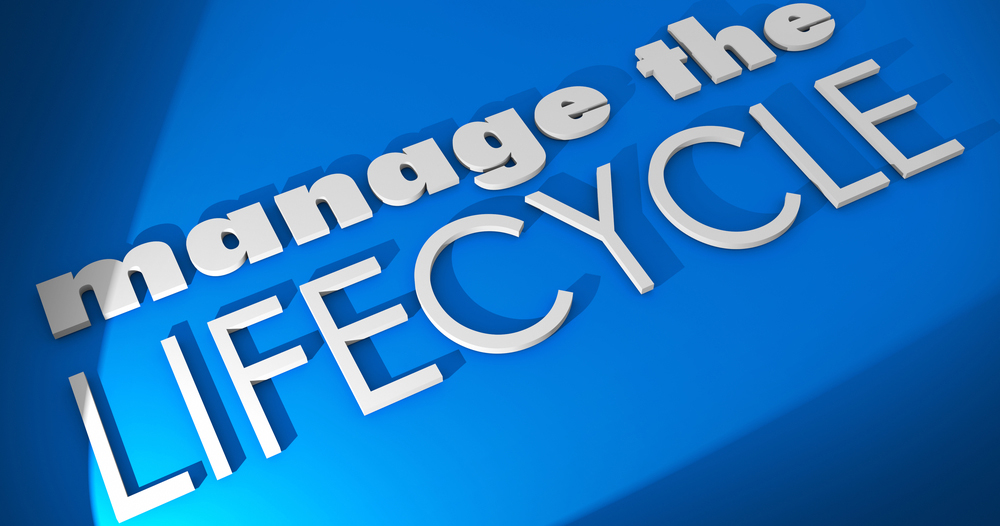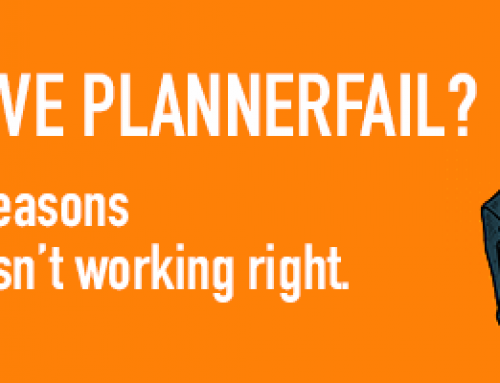Businesses, like living organisms, experience predictable patterns of behavior as they grow and develop. And much like young organisms, they face many of the same specific challenges as they progress through the stages of their lifecycle, or business lifecycles. This post outlines the stages (or business lifecycles) that a typical company will go through and highlights the attributes of each stage as well as identifies the key factors to keep an organization growing instead of aging.
Here are the stages of Business Lifecycles:
Stage 1: Courtship
- Characteristics: The Idea stage. Need to establish commitment.
- Failure Risks:
- How to transition:
Stage 2: Infancy
- Characteristics: Function oriented, Goal: cash & cash flow.
- Failure Risks:
- How to advance:
Stage 3: Go-Go
- Characteristics: expanding rapidly in many directions. Over-committed, lack of order, lack of organization chart, lack of clear definition of tasks and specialization. Organization is structured around people rather than around tasks to be performed.
- Goals are Sales & Market share. Assumption is that more sales = more profits. Assumption that profit margin is stable. It may take a crisis to recognize that profit margins are declining.
- Failure Risks:
- Dangers: Lack of institutionalizing the what & why. Paying “performance” bonuses while the company is losing money. The organization is opportunity driven, as opposed to driving opportunities.
- How to Advance: Controlled decrease in outward focus, increased inward focus.
Stage 4: Adolescence
- Characteristics: Emergence of a crisis. reduce focus on external and focus on internal. May experience a temporary dip in Performance. A testing time. screening is done here. This phase separates the organizations which will flourish and those that will flounder. Need self control and discipline to control short term urges.
- Development of Administering cannot be without a sacrifice. It can not develop without impacting Performing or Entrepreneuring. If a new demand emerges, something else must be shut off temporarily. Administering is a short term function.
- Challenges between the Entrepreneuring and Administrative role.
- Failure Risks: Too much administration, not enough entrepreneurial.
- How to Advance: Realize that focus on external performance may need to slow down enough to provide the internal Focus on internal systems and processes so that greater future growth can be accomplished.
Stage 5: Prime
- Characteristics: Systems are in place. Company can achieve profits AND growth in sales. It can control its behavior to provide the profits as planned. High growth AND high profit.
- Knows what opportunities to act on, and which to pass on.
- Has both talent AND discipline
- Oriented toward Quantity AND Quality
- Form and Function are balanced
- Getting in prime is difficult, staying in prime is more difficult.
- Dangers/Risks of Failure: Loss of Entrepreneuring, Loss of Flexibility, Loosing E results in longer term ability to Perform
- How to Advance: You may not want to advance from this stage. Most companies want to stay in prime as long as possible. maintain the importance of entrepreneurial endeavors.
Stage 6: Stable
- Entrepreneuring decreases.
Stage 7: Aristocracy
- A decrease in Performance as a result of the prior decrease in Entrepreneuring. Decline in attention to function and increased attention to form.
- Take less risk, might have more cash than in Prime.
- “We have $300M in cash, any ideas on what to do with it?”
Stage 8: Early Bureaucracy
- Outdated products, prices too high. Liquidity is drying out. Tries to revive performance, cuts prices to stimulate sales but doesn’t cut costs, selling at a loss. Then cuts headcount and reduces ability to perform. Attack each other. Integration goes down. Maybe changing the leader will change the results. Administration may be stymieing growth.
- A’s expel, kill the E’s.
Stage 9: Bureaucracy
- A’s run the show.
- No pressure to perform. Clients pay only if they are forced to by contract or by law.
Stage 9: Death
- This post is based on the work of Ichak Adizes and the book “Corporate Lifecycles”
- An organization is Dead when it can not react to its environment.
- Entrepreneur: Everything is permitted, unless specifically forbidden.
- Administrative: Everything is forbidden, unless specifically permitted.
- The process predicts the results.
- Vitality Curve: vitality is defined as the organization’s ability to be effective and efficient in the short and long run.
When its green its growing, when it’s ripe it’s rotting.
Check out this YouTube video and it can help you with your business lifecycles!








